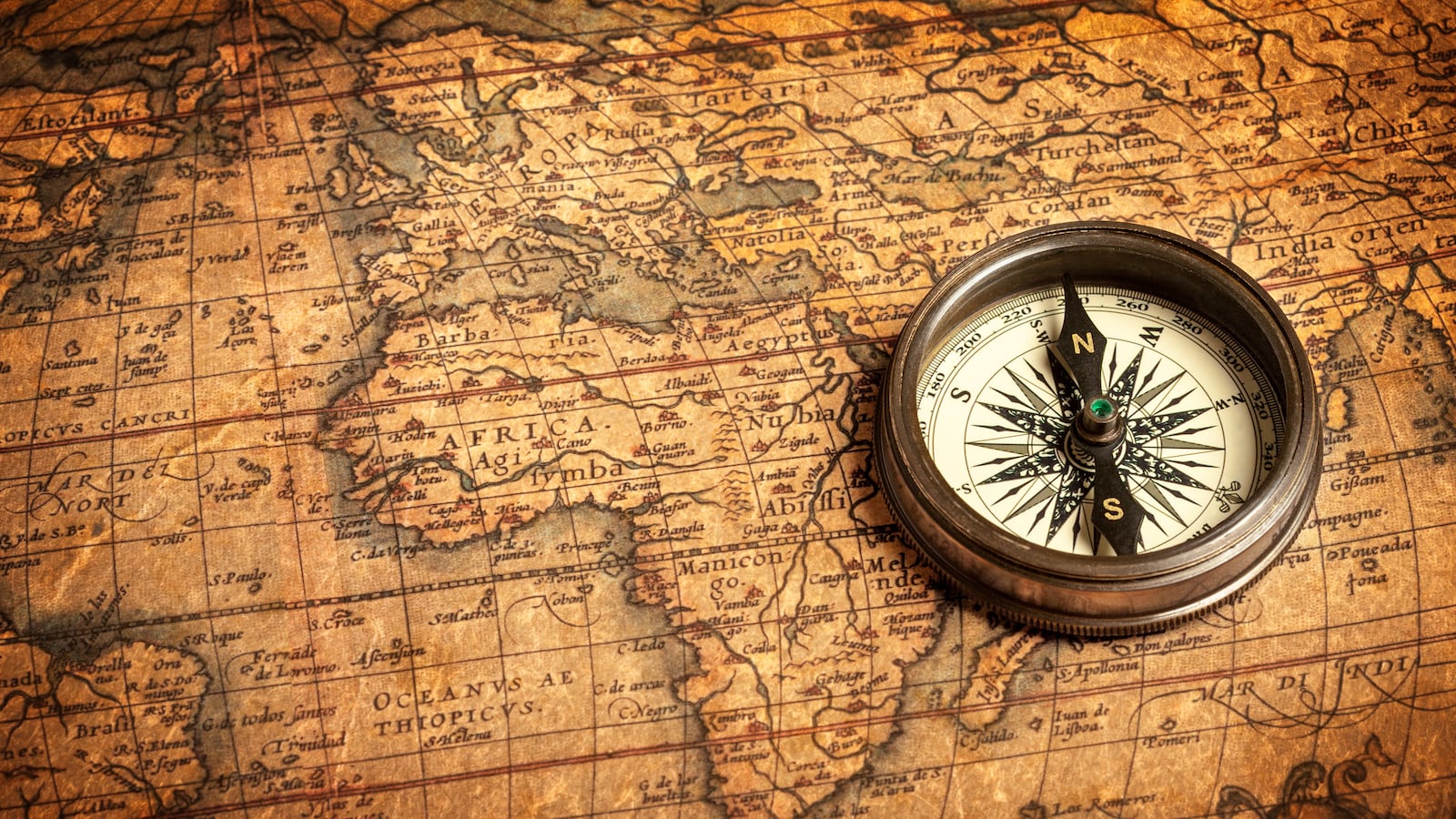An X-Acto knife slips out of the pocket of a man studying an old book in the Beinecke Rare Book and Manuscript Library at Yale University. He doesn’t notice it has fallen, but a librarian spots it on the floor. A discreet blade, perfect for detaching old paper from a fragile binding, is the last thing that a librarian in a rare books department wants to see.
When the man starts fidgeting with something in the pocket of his blazer, the librarian’s suspicions grow. Her supervisor calls the campus police. A detective trails the man for a few minutes after he leaves the Beinecke before stopping him and asking if he wouldn’t mind returning to the library. The man agrees. Back at the library, he pulls from his pocket a stolen map worth between $50,000 and $100,000.
The man was E. Forbes Smiley III, and the map was from John Smith’s 1616 book A Description of New England. Smith coined the name New England, and the map in Smiley’s pocket was considered the first reasonably precise representation of the Massachusetts and Maine coastlines. Given how infrequently new copies of the map appeared on the market, collectors would bid handsomely for the artifact.
The story of Smiley’s theft and apprehension at Yale opens Michael Blanding’s The Map Thief: the Gripping Story of an Esteemed Rare-Map Dealer Who Made Millions Stealing Priceless Maps. The book cuts between the story of Smiley’s career—both criminal and otherwise—and the history of the maps he bought, sold, and stole. The result is utterly fascinating: part history of cartography, part portrait of the subculture of map dealers, and part anatomy of a criminal betrayal.
Many early maps are not appreciated for the same reason they were created. The persistent depiction by 17th-century cartographers of California as an island charms collectors precisely because of the inaccuracy its authors were striving to avoid. Precision was usually valued by the creators of maps now prized for their seemingly fanciful flaws.
Maps that were inaccurate by absolute standards could still confer a relative advantage over the competition, which helps explain why some rulers guarded their maps so jealously. The Roman emperor Augustus stored his maps in a locked and protected palace chamber; during the Renaissance, kings of Portugal made the act of copying the country’s charts punishable by death. One wonders how they would have dealt with Smiley.
Jostling for advantage in far-flung colonies, European rulers tended to reward cartographers who drew borders and named landmarks in ways that flattered colonial ambitions. A French map from 1718 that claimed most of North America as “La Louisiane” was more an attempt to create reality than to depict it. The titles of two competing 16th-century world maps nicely capture the tension between reflection and invention. One is entitled “Mirror of the World,” the other is “Theater of the World.” To see where modern preferences lie, just imagine Google Maps rebranding itself as Theater of the World Maps. Of course beauty and utility were not mutually exclusive; exquisite paintings sometimes embroidered maps that reflected the most exact contemporary knowledge of geography.
One of the things that makes Smiley’s story both painful and intriguing is his seemingly sincere love of history and old maps. He worked closely for years with many of the curators and librarians he eventually robbed. It’s hard to credit all the time he spent accumulating knowledge about the history of cartography just to the desire to ingratiate himself with a community so that he could steal from it.
But the world of antiquarian maps presented powerful temptations. Even at wealthy libraries, security in rare books and map collections is often underfunded. The New York City Public Library’s collection houses 350,000 individual maps; Yale owns roughly 250,000. Given these numbers, it’s hard to notice a single missing map. It’s often equally difficult to establish whether a missing map that exists in multiple copies matches a particular map in the possession of a private collector.
Smiley eventually admitted to stealing 97 maps from different collections at Yale, Harvard, New York City, Boston Public Library, and many others. Authorities valued the total set of stolen maps at $3 million. The total number of maps reported missing by the affected institutions, however, was a staggering 256. The disparity has left some dealers convinced that maps Smiley stole now hang on the walls of private collectors around the world.
If Smiley were the cartographer of his own past, he’d definitely belong to the school of mapmakers that depicted a fabricated rather than an actual terrain. Early cartographers presumably didn’t know that California was not an island or that sea monsters did not lurk at the edges of the known world. Smiley, by contrast, knew exactly what mistakes he was making as he committed and concealed them. But with people as with maps, those that present the fantastical as real often make the most interesting subjects.






